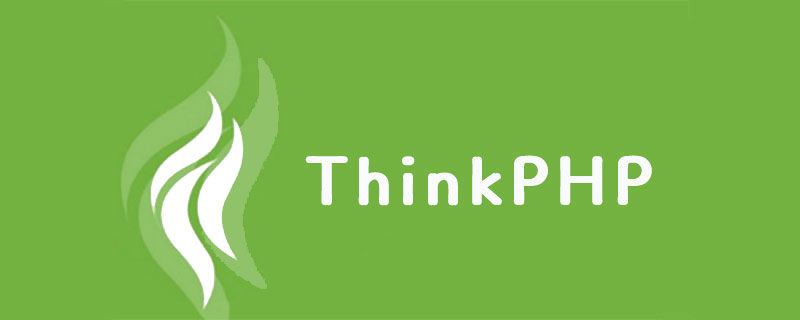
The followingthinkphp frameworkThe tutorial column will give you a brief introduction to the hook function and its function in the TP framework. I hope it will be helpful to friends in need!

Hook is like a mounting point, attached to a function. When this mount point is encountered during function execution, this hook will pull out a piece of code and execute the code. Hook functions are safer and more convenient than calling another function directly within a function.
When we need to modify the extended function, we do not need to modify the hook in function B, we only need to modify the code block in the hook. If we directly modify function A, the class where function B is located will be frequently modified. Revise. Violates the principle of closure. Another point is that using hooks is more convenient for later maintenance and function expansion.
In thinkphp, hooks are used to extend behaviors. The following are some explanations of behavior extensions on the Internet:
Behavior
Behavior (Behavior) is a relatively abstract concept. You can imagine it as the behavior during application execution. An action or process, in the execution process of the framework, can have behaviors at various locations. For example, routing detection is a behavior, static caching is a behavior, user permission detection is also a behavior, ranging from business logic to browser detection, Multi-language detection, etc. can be regarded as a behavior. You can even say that you want to pop up Hello, world! to your website users on their first visit!
These can be regarded as a kind of behavior. The existence of behavior allows you to change or add some functions through extension or configuration on the periphery without changing the framework and application.
Different behaviors also have common positions. For example, some behaviors take effect before the application is executed, and some actions take effect after the template is output. We call the positions where these actions take effect. It is a tag (tag). When the application runs on this tag, it will be intercepted and the relevant actions will be performed uniformly
The above is the detailed content of Let's talk about the use of hooks in the TP framework?. For more information, please follow other related articles on the PHP Chinese website!
 Check disk space in linux
Check disk space in linux
 How to calculate the factorial of a number in python
How to calculate the factorial of a number in python
 Laptop sound card driver
Laptop sound card driver
 The difference and connection between java and javascript
The difference and connection between java and javascript
 What causes the computer screen to turn yellow?
What causes the computer screen to turn yellow?
 latex usage
latex usage
 What is Bitcoin? Is it legal? Is it a scam?
What is Bitcoin? Is it legal? Is it a scam?
 Introduction to hard disk interface types
Introduction to hard disk interface types